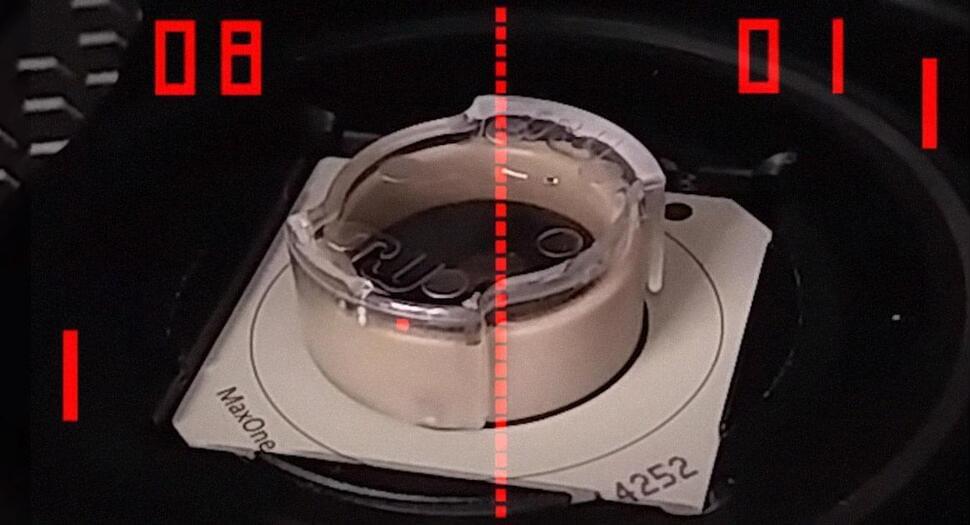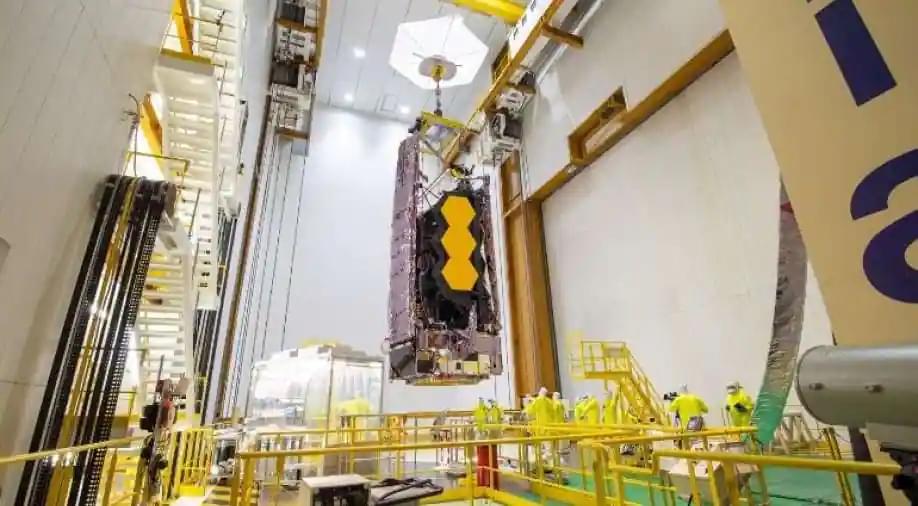DARPA-funded research is focused on “biobots” with potential environmental and health applications.



Scientists have successfully taught a collection of human brain cells in a petri dish how to play the video game “Pong” — kind of.
Researchers at the biotechnology startup Cortical Labs have created “ mini-brains ” consisting of 800,000 to one million living human brain cells in a petri dish, New Scientist reports. The cells are placed on top of a microelectrode array that analyzes the neural activity.
We think it’s fair to call them cyborg brains, Brett Kagan, chief scientific officer at Cortical Labs and research lead of the project, told New Scientist.
Researchers combine adhesives based on gecko toes with a customized robotic hand.
In the first episode of Humans+, Motherboard dives into the world of future prosthetics, and the people working on closing the gap between man and machine.
We follow Melissa Loomis, an amputee from Ohio, who had experimental nerve reversal surgery and is going to Johns Hopkins’ Applied Physics Lab to test out its latest Modular Prosthetic Limb, a cutting-edge bionic arm funded in part by DARPA. Neuro-interfacing machinery is a game changer in terms rehabilitating patients, but what possibilities do these advancements open for the future?
Follow MOTHERBOARD
Facebook: http://www.facebook.com/motherboardtv.
Twitter: http://twitter.com/motherboard.
Tumblr: http://motherboardtv.tumblr.com/
Instagram: http://instagram.com/motherboardtv.
More videos from the VICE network: https://www.fb.com/vicevideo

The Wright brothers had designed the world’s first successful, heavier-than-air, powered airplane.
Find U.S. Department of Energy (DOE)-funded research about the Wright brothers’ innovative approach to development on OSTI.GOV:
• Accelerating Learning with Set-Based Concurrent Engineering: https://www.osti.gov/biblio/1605517
• Control Co-Design: An engineering game changer: https://www.osti.gov/biblio/1615248
• Engineering a Better Future: Interplay between Engineering Social Sciences and Innovation: https://www.osti.gov/biblio/1530161

A Christmas Eve present to the world.
In what can be considered as a Christmas present for the world, NASA is looking to launch its new space telescope on coming Friday, which also happens to be ‘Christmas Eve’.
On Friday, NASA Administrator Bill Nelson said that the agency will blast off the $10 billion James Webb Space Telescope on December 24.
Also Read | ’Long-extinct volcano on Mars?’: Perseverance rover’s new discoveries a treasure trove for future scientists
In the endeavour, a European Ariane rocket will lift it from French Guiana.

We’ve fine-tuned GPT-3 to more accurately answer open-ended questions using a text-based web browser. Our prototype copies how humans research answers to questions online – it submits search queries, follows links, and scrolls up and down web pages. It is trained to cite its sources, which makes it easier to give feedback to improve factual accuracy. We’re excited about developing more truthful AI, but challenges remain, such as coping with unfamiliar types of questions.
Language models like GPT-3 are useful for many different tasks, but have a tendency to “hallucinate” information when performing tasks requiring obscure real-world knowledge. To address this, we taught GPT-3 to use a text-based web-browser. The model is provided with an open-ended question and a summary of the browser state, and must issue commands such as “Search …”, “Find in page: …” or “Quote: …”. In this way, the model collects passages from web pages, and then uses these to compose an answer.


On October 15, 2020, the European Union imposed sanctions on six senior Russian officials and a leading Russian research institute over the alleged use of a nerve agent from the Novichok family in the poisoning of opposition leader Alexey Navalny. Russia dismissed as baseless the EU’s allegations that it had not complied with its obligations, under the convention it ratified in 1997, to discontinue its chemical weapons program. Russian officials said the country had nothing to do with Navalny’s poisoning and implied that if any party had used nerve agents on him, it would have been Western secret services. Vladimir Putin, who in 2017 had personally watched over the destruction of the last remaining Russian chemical weapons stash, ridiculed the findings of four separate laboratories, confirmed by the OPCW, that a Novichok-type organophosphate poison was identified in Alexey Navalny’s blood.
Two years earlier, in 2018, Russia had dismissed as unfounded allegations that its military intelligence had used Novichok to poison former Russian spy Sergei Skripal and his daughter. Similarly, Russia had then stated that it had no ongoing chemical weapons program and had destroyed all of its prior arsenals; while alluding that UK agencies may have used their own stash of Novichok to poison the Skripals in a false-flag operation.
A year-long investigation by Bellingcat and its investigative partners The Insider and Der Spiegel, with contributing investigations from RFE/RL, has discovered evidence that Russia continued its Novichok development program long beyond the officially announced closure date. Data shows that military scientists, who were involved with the original chemical weapons program while it was still run by the Ministry of Defense, were dispersed into several research entities which continued collaborating among one another in a clandestine, distributed R&D program. While some of these institutes were integrated with the Ministry of Defense – but camouflaged their work as research into antidotes to organophosphate poisoning – other researchers moved to civilian research institutes but may have continued working, under cover of civilian research, on the continued program.